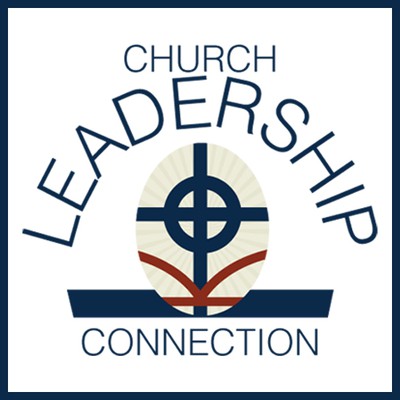For years, churches seeking pastors and pastors seeking churches have relied on the Church Leadership Connection (CLC) to make that happen. The computer database and matching system allows call seekers to fill out personal information forms online and provides churches and church-related organizations with the opportunity to provide information on what they seek in a pastor or staff member.
Jihyun Oh, manager for call process support for the Office of the General Assembly, says plans are underway for a complete overhaul of the data system.
“CLC is a 90s era program and there are a lot of limitations to it. Some of it is a user interface issue and people have a hard time using it,” said Oh. “It was designed for a time when our denomination looked different. It doesn’t offer us the flexibility that we need, especially given the flexible form of government that we have now.”
Over the past 20 years, church polity and the landscape of the denomination have changed and Oh says it’s time to catch up.
“We’re finding lots of variations in titles and it makes sense to talk about pastoral and leadership experience differently,” she said. “In the 90s, people were going straight through college and seminary into ministry and that is not as common now. There are a variety of timelines in which people come into pastoral leadership and church professional work. We need to look at how we can paint a better picture of people’s experiences and what they offer churches and their calling.”
Oh says the Office of the General Assembly is changing the way it thinks about the call process in general to offer a better model for mid councils, congregations, ministers, and lay professionals.
“As we roll it out over the next 18 to 24 months, it will have multiple components,” she said. “The first piece will be a survey that we will send out to mid councils and pastor nominating committees that have completed their work as well as call seekers who have also completed their search, to get feedback from them.”
The survey is scheduled to go out mid-summer.
“Once we have the results, we can give a vision of what we are trying to accomplish to the developers and they will then begin the work of overhauling the CLC in late summer,” said Oh. “We hope to have the development work substantially completed by the end of summer or early fall 2020, so we can unveil it at the Mid Council Leaders Gathering in October 2020.”
Oh’s team provides matching and referrals and she hopes they can do that with more flexibility and specificity.
“Ten years ago, there were four, full-time CLC consultants within OGA and now there is only one and there are no plans to increase that number,” said Oh. “This system should sufficiently meet the users’ needs and they will not have to call the office every time they run into a problem. We just don’t have the person support in the office anymore to take the volume of calls that we get.”
Oh is hopeful the new system will have the flexibility to help women, people of color, and people over the age of 52, who have had a harder time finding a call to ministry.
“This will help us support PNCs and call seekers in the search process to find one another, and do that for mid councils. We want our backend component to be much stronger,” she said. “Our hope is that it will be a seamless, easier-to-use system where people can see what pieces are still outstanding and get their forms online. We’ll provide more features that serve a function that everyone needs.”
Plans are to increase support for more church professionals.
According to Coordinator of Technologies Vicente Guna, CLC has between 3,000 and 4,000 active users, each with multiple sessions, in any seven-day period. Over the course of the year, CLC is used by more than 13,000 users, some of whom are overseas.

